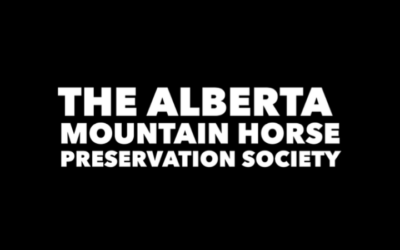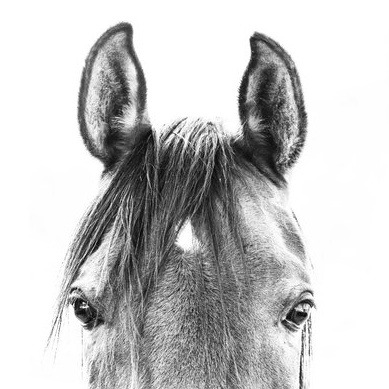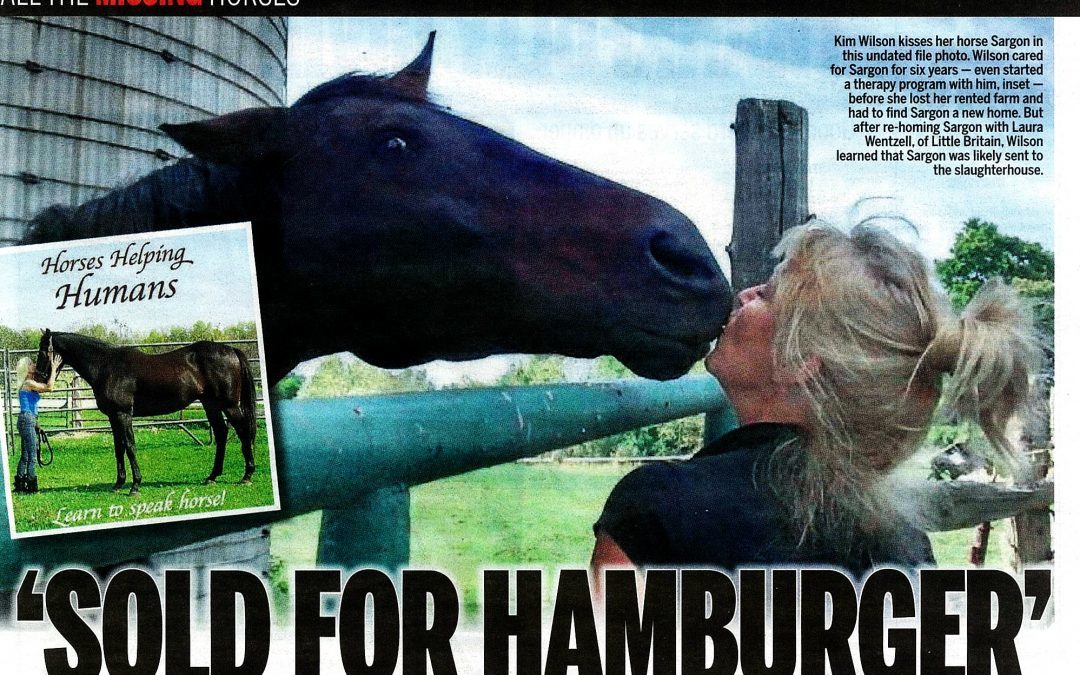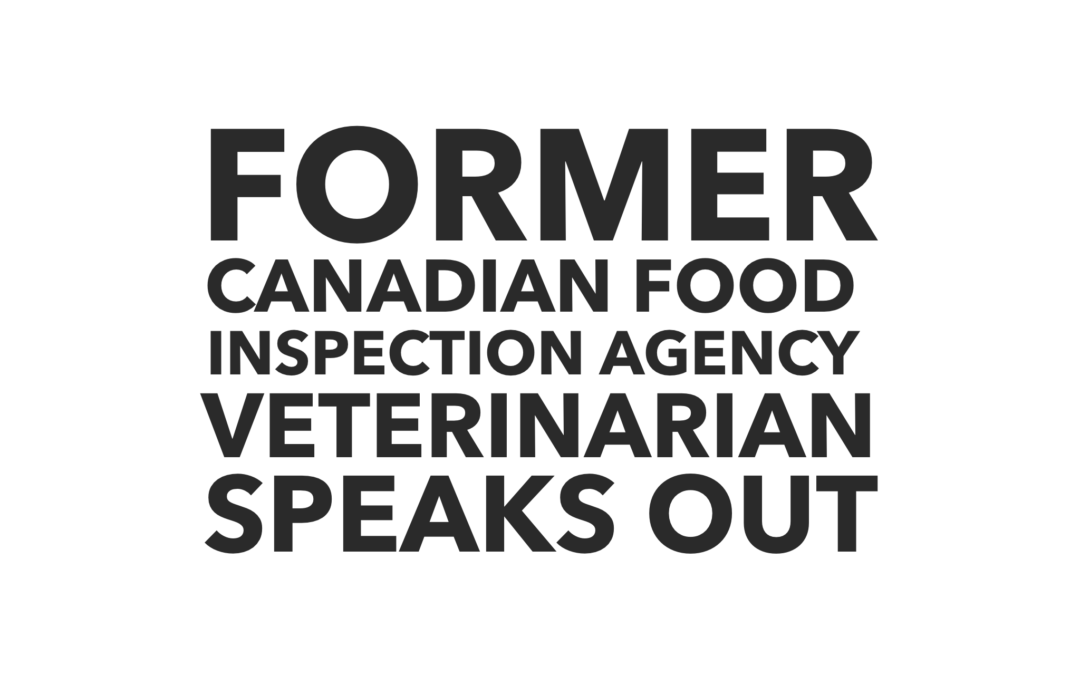The Alberta Mountain Horse Preservation Society are very concerned about wild horses and the threats to their existence in Alberta. They are a non profit society and we found the questions and concerns they shared in this post especially interesting.WE ARE CURRENTLY...

Prairie Dark Room Trisia Eddy
Here’s another great example of an amazing Horse Hero. Someone who puts her actions and her money where her mouth is. Meet photographer extraordinaire and horse advocate Trisia Eddy, from The Prairie Dark Room, in Alberta, Canada.
Like so many Trisia is incredibly busy with family and work but even still she recently took the time to shoot and share gorgeous pictures, and to write and share compelling thoughts on the matter of horse slaughter.
In addition she recently volunteered and built a website for Horse Heroes Alberta.
Our hat is off to Trisia who writes:
“It feels exciting and adventurous to be in the field, taking pictures of horses in the wild, or at liberty, at play. However, spend enough time as an advocate for horses, and eventually you will be confronted with the other side of the field: the auction house.
It is a sad reality that as a society, we have created a system which commodifies animals, and horses are no exception. Attend auctions routinely, and you will soon realize that the majority of the animals coming through the door wind up on the truck to the slaughterhouse.
Trace the path of these horses and one cannot help but be appalled: the system is poorly managed, the meat is not fit for human consumption (despite the high prices it garners,) and people willingly turn a blind eye to the amount of indiscriminate over-breeding and abuse that is rampant.
Taking pictures at the auction is controversial and difficult. Some argue it creates unnecessary tension, and insist that it shouldn’t be done. As a photographer, however, it is my role to capture what I see. To me, there is no difference between sharing an image of a horse enjoying freedom, wild in the mountains, and a horse captive in a pen, waiting to be sold to a meat buyer…they are all equal. They show affection to one another, they express interest in the humans they interact with. They exhibit pain and fear. Each and every one of them deserve recognition as a being worthy of respect; each and every one deserve to have their story told.”
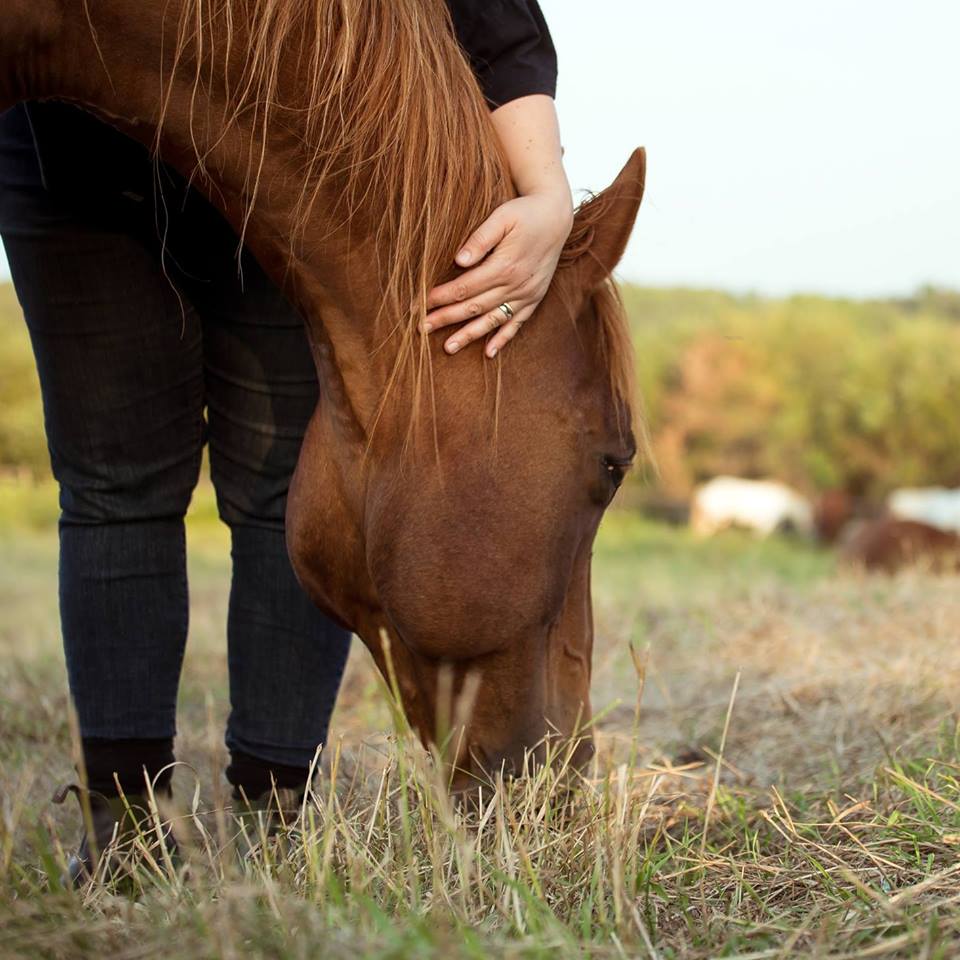
Banner image this page courtesy of the very talented photographer and horse advocate Trisia Eddy of The Prairie Darkroom.


T-SHIRTS IN SUPPORT OF HORSE RESCUE FUND
LIMITED TIME OFFER FREE SHIPPING CANADA & USA
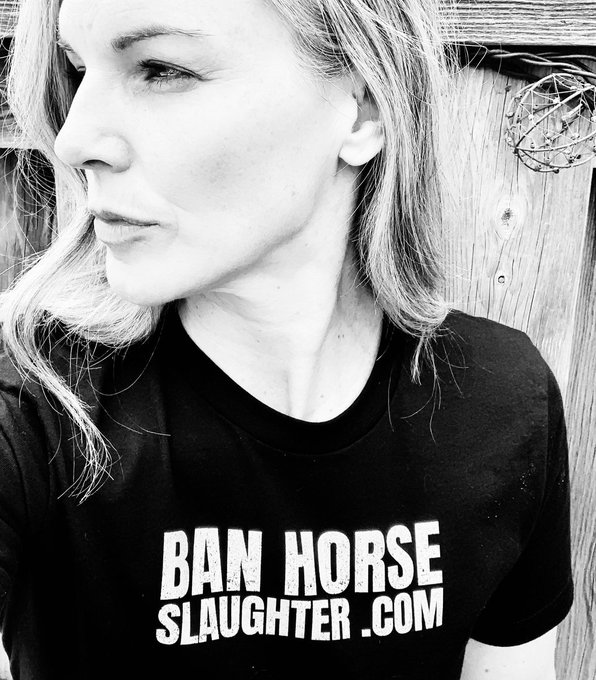
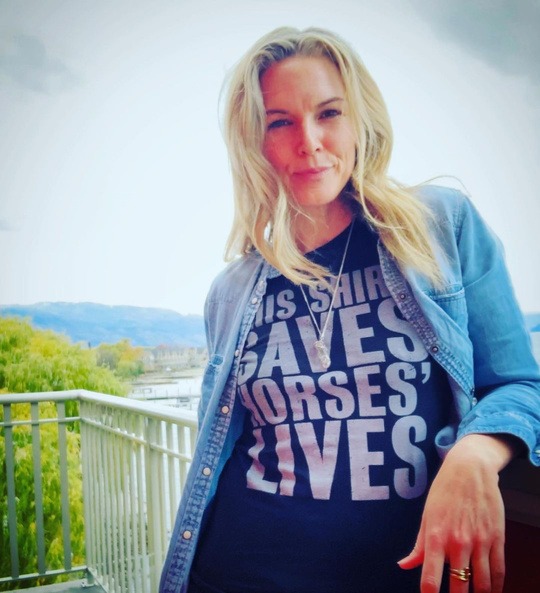
CANADA SLAUGHTERS HORSES FOR HUMAN CONSUMPTION
It may be hard for some to believe that tens of thousands of horses, including pets, are routinely slaughtered in Canada, for human consumption.
Some of the meat is consumed in Canada and much of it is shipped to the European Union and other markets, including Japan.
The barbaric slaughter of horses is currently not legal in the United States, BUT horses, including pets and ex-racehorses, from the United States are shipped to Canada and to Mexico to be slaughtered.
In addition Canada allows for the transportation of live horses to Japan, to be slaughtered for human consumption, and unfortunately the transportation of horses destined for slaughter within Canada, and by air, is far from humane.
ALBERTA MOUNTAIN HORSE PRESERVATION SOCIETY
VIDEO: DARRELL GLOVER (HAWS) REACTS TO GOVERNMENT RESPONSE LETTER
December 13, 2024: The Alberta Provicial Government, under the Minister of Forestry and Parks, and the Rangeland Department, have decided to begin removing wild stallions and darting 90 mares with a 3 year contraceptive, by implementing a new 2023 wild horse...
WILD HORSES ALBERTA SAMPLE LETTER
December 13, 2024: Darrell Glover writes:[Your Name][Your Address][City, Province, Postal Code][Email Address][Phone Number][Date] The Honourable [Minister's Full Name]Minister of Forestry and ParksMinistry of Forests and Parks and Rangeland Department[Address][City,...

